Siding is the layer of protective material found on the exterior house walls. It usually consists of weather-resistant material and is the first to protect the house interior from direct sun, rain, and snow. Different siding materials have altered functions, and they can have a protective or decorative role.
Nowadays, you can find many different siding styles and types, and the construction crew will recommend the best option for you according to your needs and wishes. Let’s see the difference between horizontal vs. vertical siding and which one is a better option for you.
Table of Contents
Horizontal Siding
This siding is attractive while covering your eyesight lengthwise. Some of the most beautiful elements of your facade will go to the first plan with this horizontal siding. As you have already known, this type is typical for houses, and you can rarely see it on buildings.
Nowadays, you can find many different color combinations and classes of vinyl existing just for horizontal siding. According to the material used for its manufacturing, it will differ in durability.
For instance, traditional and attractive wood siding will collect moisture that leads to rotting. You can avoid this problem by choosing a more durable material like steel.
Horizontal siding doesn’t make a problem in installation, and almost every construction crew works with it. It is a cheap and average durable option quick to install.
Horizontal Siding Types
Horizontal siding types are different for a way of placing on the wall, material, durability, and quality.
Horizontal vinyl siding
You, as a homeowner, have a challenging situation when choosing between the vinyl siding types available since there is a wide range of options. This material is easy to install but collects moisture and mold. This siding type costs $1.6 to $10 per 1 sq ft (0.09 m2).
Horizontal wood siding
Not so long ago, everything in the house besides electronics was wooden. This construction style is popular today, and you can find contemporary wood types used for this purpose. There is an extensive spectrum of color combinations to choose from in this siding style.
It is also quick to install, but you need to care for little gaps that collect water and moisture and cause problems. This siding type costs $6 to $12 per 1 sq ft (0.09 m2).
Horizontal cedar siding
It is for sure one of the most beautiful siding styles. Like many others, cedar siding looks better horizontally than vertically. Its installing is effortless and cheap when placed horizontally because you don’t need any isolation strips to cover it up. This siding type costs $8 to $15 per 1 sq ft (0.09 m2).
Horizontal fiber cement siding
Horizontal fiber cement siding is more durable than a wooden one and is more resistant to water damages. With this option, you won’t have problems with rotting and moisture collecting. It is less expensive to install it horizontally than vertically. This siding type costs $6 to $8 per 1 sq ft (0.09 m2).
Horizontal Siding Advantages and Downsides
Pros
- Preferred style – The horizontal siding is preferred, so most homeowners will pay the full price when buying the house with this kind of facade. It also has a great appearance, and almost every American likes it.
- Quick installation – These panels are effortless and fast to install, making this style a preferred option. Plus, you can find numerous variations in sizes, colors, and materials, so it is easy to find the perfect match.
- Affordable price – Horizontal siding is not expensive at all. You only need basic skills and experience and less money to install this siding type. If you are not a fan of DIY projects, you can hire a construction crew to finish the job. Never choose the cheapest one so as not to be disappointed with the result.
Cons
- Durability – One of the most significant horizontal siding downsides is its limited endurance and sensitivity to moisture. Unfortunately, water quickly penetrates through the horizontally placed edges and causes rot and mold development. Therefore, you need to maintain it regularly to protect your home.
- Maintenance – The horizontal siding style is pretty challenging to clean, and this process requires lots of time, practice, and special equipment.
Vertical Siding
This siding type is not unusual in the US, but it is not as common as horizontal. There is no significant difference in materials used for siding, but the installation is different and creates an unconventional house look.
Plus, the vertical siding installation is more complex because you need to care for every detail to avoid damages.
Vertical siding is often the wooden siding type, with boards and battens for installation that looks modern and stylish. A few centuries ago, settlers used planks out of lumber mills to side their log cabins.
They joined planks and connected them on their crossing point with a piece of small furring. Unfortunately, this installation type is less and less common nowadays.
Vertical siding is more expensive and time-consuming to install because of the furring strips. However, it is more durable because the water runs off quickly without increasing moisture levels.
Vertical Siding Types
This particular siding style will require different materials and installation techniques compared to the horizontal option.
Vertical vinyl siding
It is one of the most popular vertical siding techniques because it has variations in shapes, colors, and sizes. It is also the cheapest option. You can quickly install it on your own, and your facade will usually last for 30 to 40 years.
Vertical wood siding
Wood is a long-lasting material and can add value to your home because it gives a specific look that everyone loves. Different wooden siding types provide a unique look to your home, and the straight vertical lines leave the sophisticated expression.
This siding style can be expensive, so you should check its price before making a final decision.
Vertical cedar siding
It is also a kind of wooden siding technique, but it is specific. With vertical cedar siding, you can create a different look for your home. Plus, it is not difficult to install and is not expensive. Its durability is not perfect because it is not water- and fire-resistant and can be destroyed by woodpeckers looking for bugs.
Vertical fiber cement siding
Vertical fiber cement siding style gives a unique wooden look but is more durable and complex to install. Its production is uncomplicated, and manufacturers make it out of wood pulps, fly ash, Portland cement, and water. It is a highly effective and quality siding solution that doesn’t require lots of maintenance.
Vertical Siding Advantages and Downsides
Pros
You can install almost every siding material vertically, although it is not common to see this siding type in the US. Constructors primarily use it for commercial buildings, but it is also possible to notice it on residential constructions nowadays. Vertical siding has a few benefits, including:
- Special look – Your house with vertical siding will be unique in a neighborhood where almost every homes have a horizontal siding.
- Lower damage chance – This vertical siding prevents water from penetrating and damaging the panels better than a horizontal option.
- Maintaining – This siding model is easy to maintain. For instance, you will only need a typical garden hose or pressure washer for cleaning the facade.
Cons
- Complex installation – The vertical siding installation is usually more complex than a horizontal one. It needs to have furring strips under it, and that process makes installation harder and boosts costs. In such a case, complexity increases the price of labor.
- Impact on the house price – Siding has a considerable impact on the house price, and homeowners should ask a reputable realtor for an opinion. For instance, this option often leads to a significant problem when selling a home.
Some buyers don’t want to buy a house with vertical siding, and sometimes homeowners can’t even find someone interested. Interestingly, the vertical siding will probably increase the price of your home, but it will decrease the number of interested buyers at the same time.
The Best Siding for You
Your vision of a dream house – It is crucial to decide if you prefer traditional or unique home types. The best option is to pick out the horizontal siding style if you want a typical home look, while the vertical option is for you only if you like unusual solutions.
- Durability – Horizontal siding is durable, but water can quickly damage it. On the other hand, water won’t significantly affect vertical siding.
- Maintenance – Both sidings types require some maintenance, but the budget for that task won’t be the same.
- Price – Horizontal siding is cheaper to install, but it will require regular maintaining. Vertical siding is more expensive to install due to furring strips, but you won’t have many additional maintaining expenses.
Summary
There is not a good or bad siding, just one that you like or don’t like. You, as a homeowner, need to decide what style you prefer and why it is better for your house before making a final decision. The best of all is that you can change your siding any time if you don’t like the existing one.
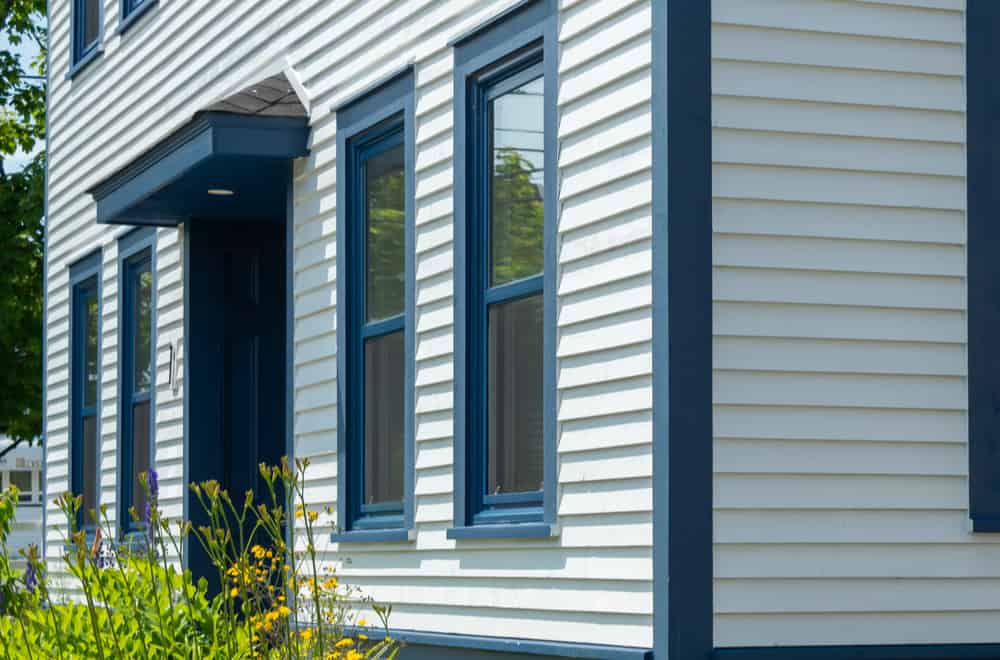
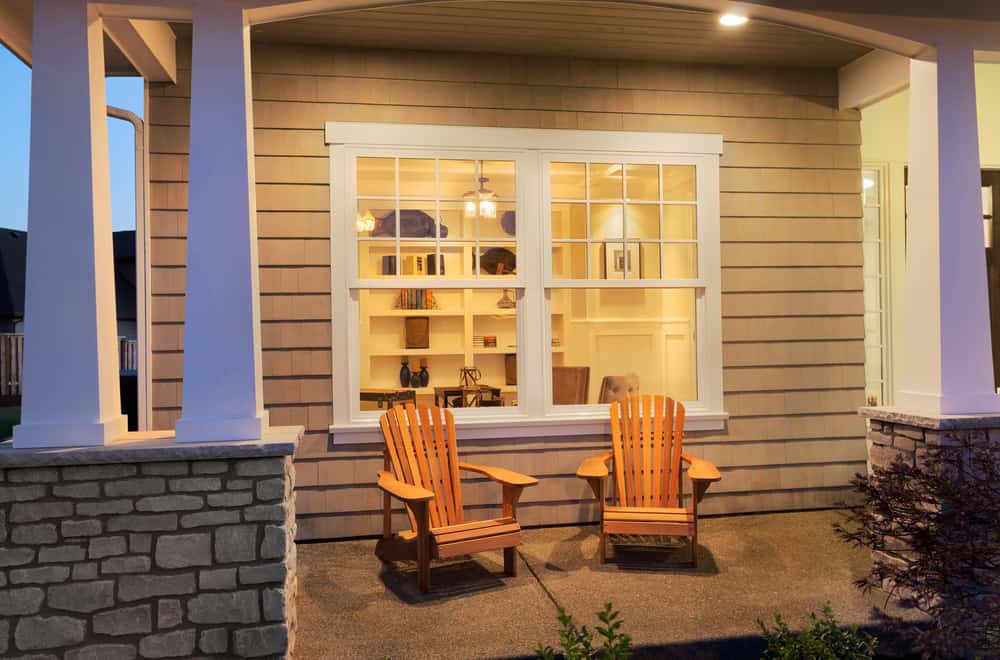
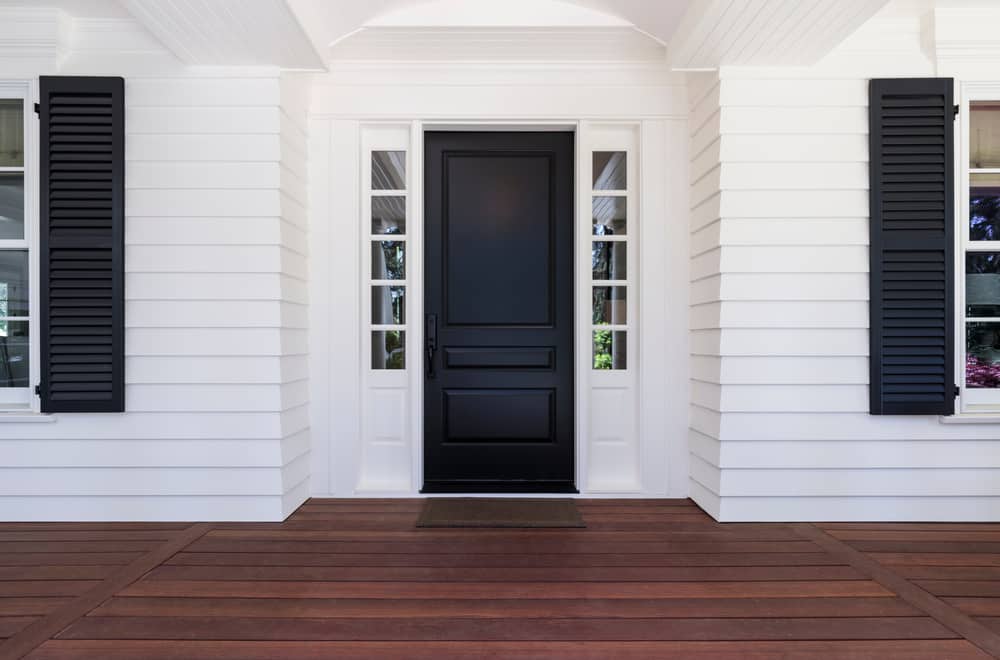
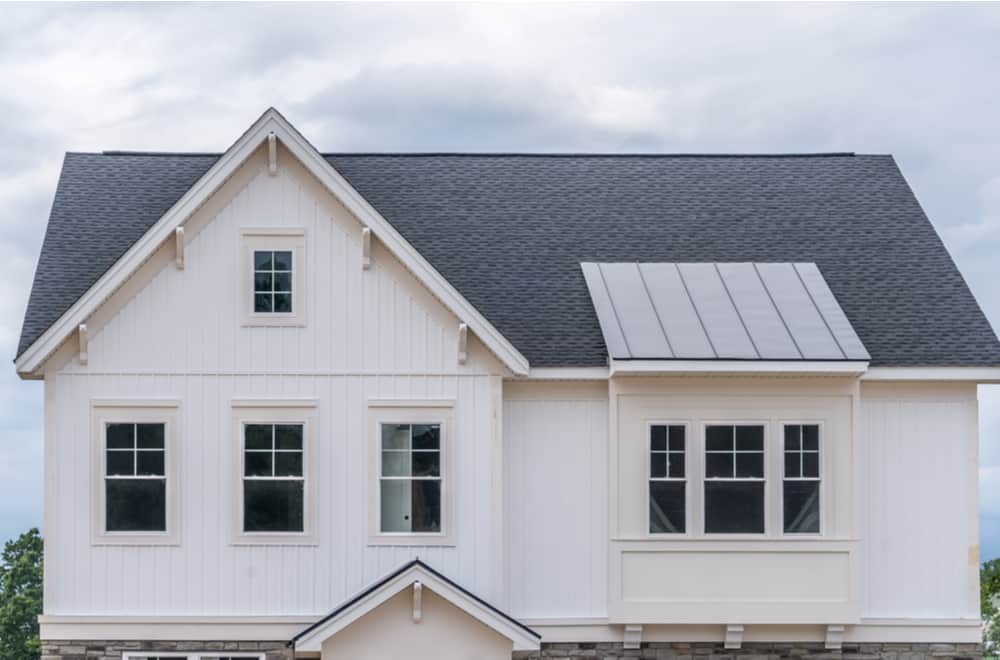
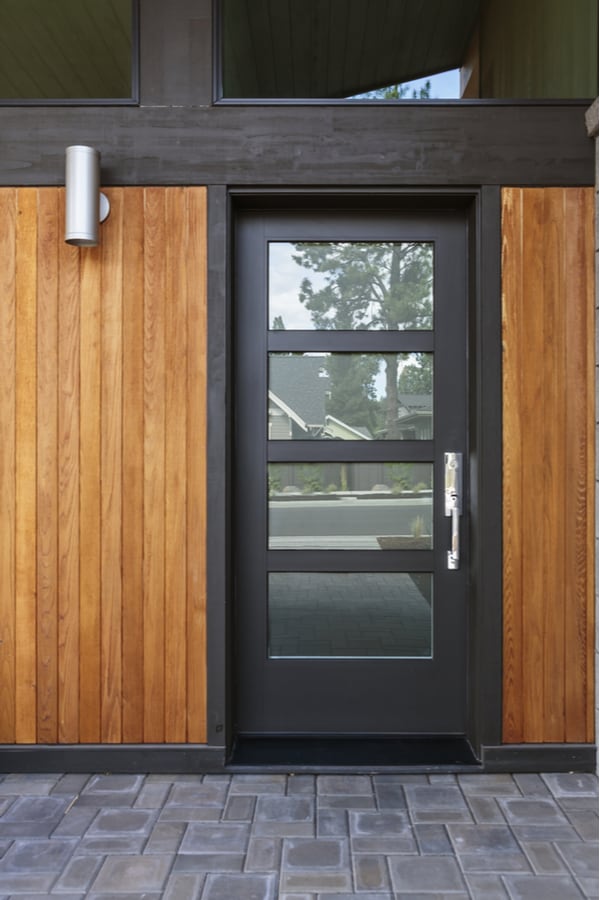
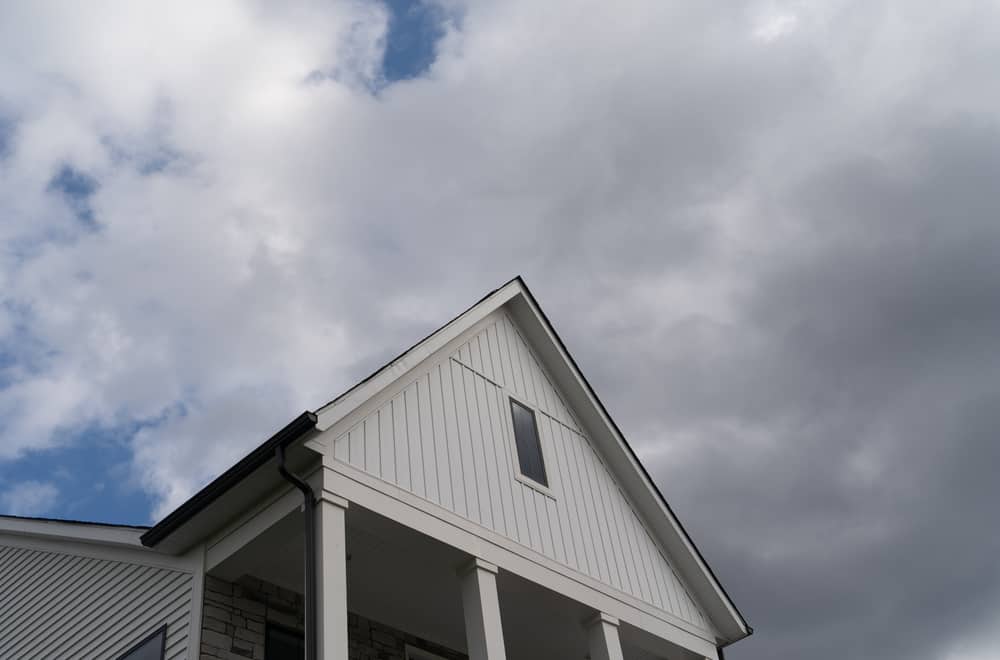
It was interesting to me when you explained that vertical siding can prevent water from penetrating the side of your home. It seems like you would want to use vertical siding if you live in an area that has high humidity. Areas with high humidity tend to receive more rain, so you would want to make sure that your home is protected.